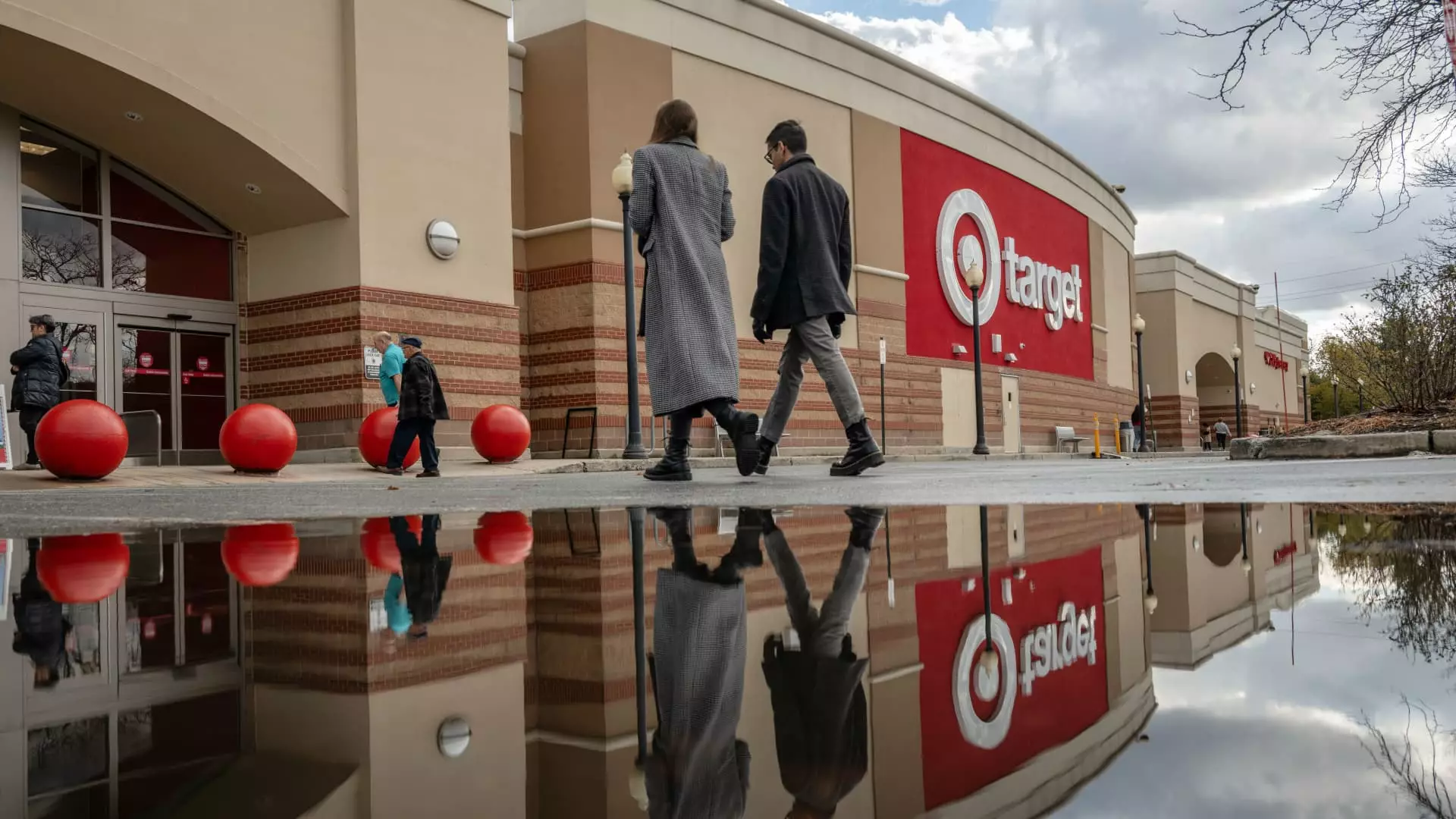As the holiday shopping season draws near, retailers find themselves at a crucial crossroads, faced with both opportunity and adversity. With a myriad of factors influencing consumer behavior, the retail ecosystem is experiencing significant fragmentation. Some brands are thriving, while others grapple with sluggish sales, highlighting the stark disparities among retailers as we enter the peak shopping season.
The backdrop of sustained inflation over the past two years has profoundly altered how consumers approach spending, particularly for non-essential items. As essential expenses such as groceries and rent continue to pinch household budgets, shoppers are becoming increasingly selective about where they allocate their discretionary spending. This has led to a pronounced shift in purchasing behavior, where many consumers now prioritize value over mere brand loyalty. Neil Saunders, managing director of GlobalData Retail, noted this trend, stating that shoppers may opt to buy fewer items or switch to brands that offer better value during tighter financial times. This evolution in consumer mindset inevitably impacts retailers, discerning the winners from the losers in this holiday season.
Recent earnings reports from major retailers underscore the widening gap in the retail sector. Target, Best Buy, and Kohl’s all reported disappointing financial outcomes for the third-quarter, raising alarms about their operational strategies and product offerings. In contrast, brands like Walmart, Dick’s Sporting Goods, and Abercrombie & Fitch celebrated significant sales increases. This divergence reflects not only the variability in consumer spending habits but also the effectiveness of retailers’ responses to market demands. Notably, Walmart’s cautious optimism has emerged from a significant increase in general merchandise sales—an unusual uptick after a prolonged period of decline in that category.
Both positive and negative financial results coalesce into a complex picture, with some retailers successfully adapting their strategies to cater to current consumer preferences while others fall short. Retail giants that can capitalize on engaging product assortments and effective marketing will likely see increased consumer interest and loyalty, whereas those who fail to connect with shoppers could face dwindling sales.
The National Retail Federation anticipates holiday spending to increase marginally this year, projecting a growth of 2.5% to 3.5% compared to 2023. This projected boost appears frail when juxtaposed with last year’s more robust 3.9% increase. Despite the overall cautious outlook, some retailers, like Abercrombie and Dick’s Sporting Goods, have revised their sales forecasts upward, indicating positive traction with their respective customer bases. However, retailers like Nordstrom and Kohl’s are tempering their expectations amidst observed slowdowns in consumer spending.
An interesting dynamic arises in how different retailers communicate their outlooks, with optimism juxtaposed against their external environments. Nordstrom’s CEO addressed the need for a watchful eye on spending trends while Walmart depicted a more promising picture, albeit with caveats regarding consumer cautiousness.
Insights into Product Strategy: The Importance of Relevance
One of the pivotal challenges many retailers are facing is the question of inventory management and product relevance. As consumer tastes evolve, the demand for items perceived as “meaningful” has skyrocketed, nudging shoppers away from novelty gifts and towards products that hold true utility or emotional significance. Retail experts note that there may have been a disconnect between suppliers and current consumer sentiments, with some retailers overstocking items that fail to resonate with what shoppers truly desire.
Target’s recent strategies—such as the exclusive merchandise inspired by the “Wicked” movie—are indicative of an approach aimed at creating a compelling shopping narrative that captures interest. However, for stores with less innovative approaches or misaligned inventory offerings—as seen with Kohl’s and their heavy focus on specific categories—the risk of unsold merchandise looms large.
The Road Ahead: Preparing for Potential Challenges
This holiday season poses unique challenges for retailers vying for consumer dollars in a selective market. Experts suggest that successful brands will rely on more than just aggressive pricing; they will need to create a perception of value alongside authentic and relevant offerings. Retailers may also anticipate potential obstacles that could affect their holiday performance, paving the way for pre-emptive defense narratives.
Ultimately, as the holiday season unfolds, the differentiation among retailers will become increasingly apparent. Brands that genuinely forge connections with consumers through adaptive strategies, thoughtful merchandising, and an acute awareness of the shifting landscape are likely to flourish, while those that remain stagnant may struggle to secure their share of holiday spending.

